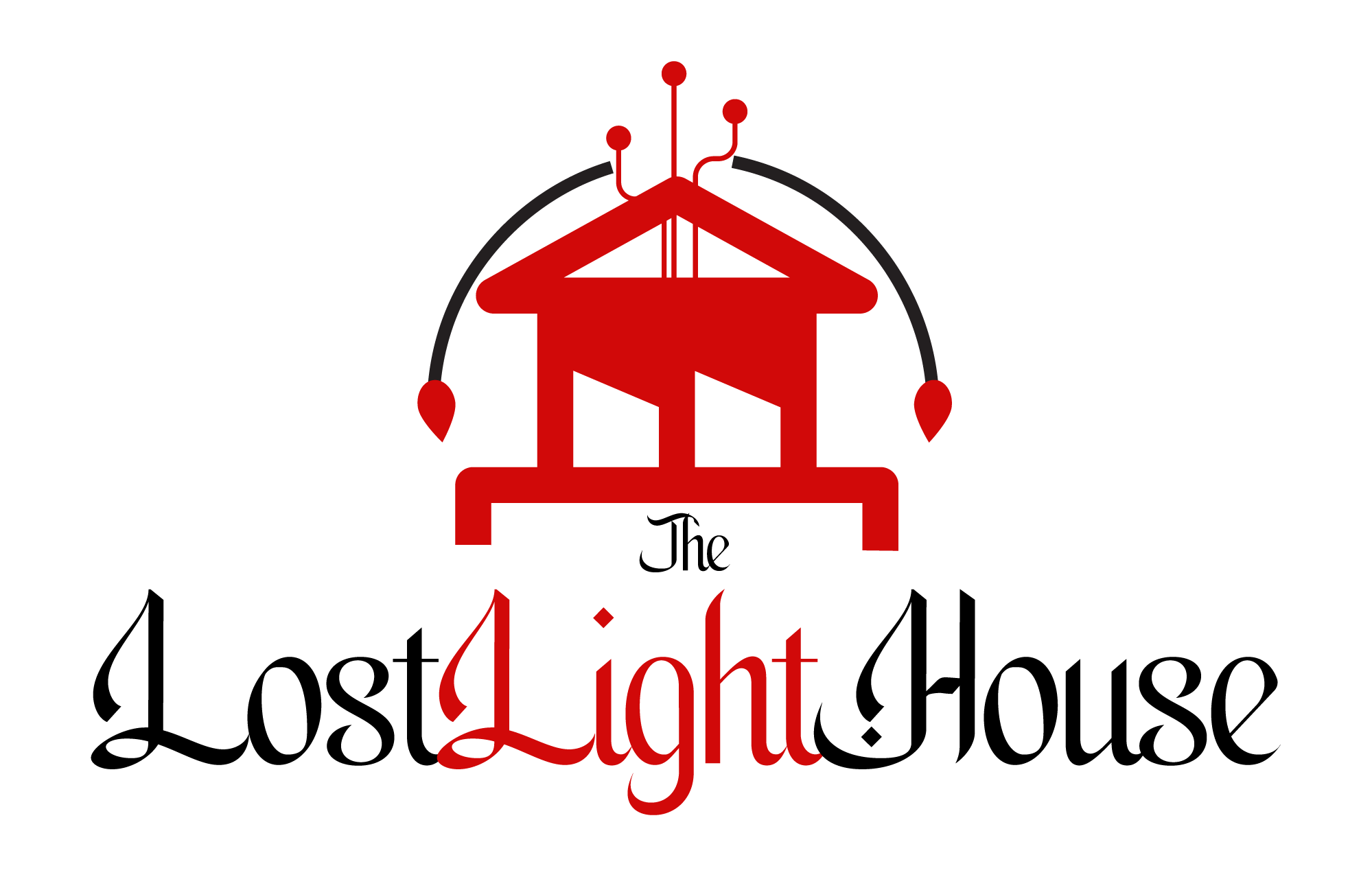
How Does Storytelling Connect Movies with Audiences?
Storytelling is an old tradition of human culture that dates back several thousand years, and in films, it becomes the language universal across borders and generations. Storytelling is the power of film because it is able to evoke emotions, engage people to reflect and establish long lasting relationships between characters and audiences.
In contrast to books or plays, the movie is a conglomeration of images, sound, text, and acting to engage the audience in a completely developed world. All decisions: lighting and music, pacing and character development, etc. serve to narrate a tale that is felt on a variety of levels.
1. Why Storytelling Matters in Film
Movies are not just one-dimensional but experiences. The Power of Storytelling enables film-makers to express complicated concepts and feelings but in a non-verbal manner.
A story has the power to either make us laugh, cry or even contemplate our lives. Films educate on moral, identity, social and human nature by exposing issues, disputes and solutions. It is this emotional connectivity that makes film storytelling such a strong one.
2. Elements of Effective Movie Storytelling
a. Characters
Any story is made of characters. Moviegoers relate themselves to heroes and villains as they resemble people regarding their strengths, weaknesses, aspiration and fear. The empathy is created through well-developed roles, proving the importance of characters so that the audience will care about the journey of the characters.
b. Plot
The story is structured by plot and it takes the viewer through the conflict and resolution. With this kind of a plot, the Power of Storytelling is achieved since the viewers feel the tension, surprise, and satisfaction.
c. Themes
Themes are the hidden messages or questions that a movie is asking. Such themes as love, justice, or identity make the story more complex so that the viewer could have a sensory experience, both intellectually and emotionally.
d. Visual and Audio Storytelling
Movies are very dependent on visual effects and sound effects and lighting, color palettes, to create moods as well as to support themes. These aspects render the storytelling immersive so that the viewers experience the story instead of merely knowing it.
3. Emotional Engagement Through Storytelling
Movies work effectively as they instigate emotions. The power of storytelling is in the fact that it can make the viewers laugh, cry, or be afraid or hope within several hours.
Memory is enhanced by emotional involvement. A movie that touches your heart will be remembered by you long after the movie credits are over. The secret to this is in directors such as Steven Spielberg, Hayao Miyazaki, and Greta Gerwig combining narrative, performance, and cinematography.
4. How Films Reflect Society
Movies tend to reflect cultural values, social problems and human behavior through storytelling. As an example, such movies as Black Panther glorify representation and identity, whereas such films as Parasite attack the problem of inequality by classes.
The viewers can understand the surrounding world through the characters, conflict, and solutions that they witness. It is a central element of the Power of Storytelling, it is through the films that we get to learn and sympathize with the views of others that do not match ours.
5. Symbolism and Subtext
Symbolism is a technique that film-makers apply when they want to enrich meaning. Themes can be expressed through a simple object, gesture or even a repetition of a motif without dialogue. Subtext enables viewers to perceive and experience the story on more than one level.
As an illustration, in The Shape of water water represents love, freedom and change. Such visual metaphors enhance the story, showing the craftiness of the storytelling in a film.
6. The Role of Conflict and Resolution
Conflict drives stories. A story would be devoid of pitfalls, crises and would not have any emotional interest. It could be a personal challenge, social problem, or outside danger but conflict is what will keep audiences engaged.
The resolution provides relief to the lessons or themes addressed. In the cases of the uncertain conclusions, the traveling experience alone remains to make a strong impression, demonstrating the Power of Storytelling to make the impressions out of the screen.
7. Universal Appeal of Film Stories
Excellent narration cuts across culture, language, and geography. Films such as Coco, Spirited Away and Slumdog Millionaire appeal to the world audience since they share universal human experiences; love, loss, ambition and family.
Power of Storytelling is not only a blockbuster film but there are also independent movies, documentaries, and shorts which can captivate the audience with the well-developed polished stories which appeal both emotionally and intellectually.
8. Interactive Engagement and Modern Storytelling
The art of story telling is no longer limited to the theater. The audiences can engage with narratives by using social media, online reviews, fan theories, and immersive experiences. Storytelling has ceased to be a one-directional process, it is inviting participation, dialogue and re-telling.
This interactivity enhances the involvement as the viewers become members of the story world. It also focuses on the changing Power of Storytelling that transforms narrative into a mutual experience between the tellers and the receivers.
9. Tips to Appreciate Storytelling in Movies
- Pay attention to character development and motivations.
- Observe visual and audio cues that reinforce the story.
- Reflect on the themes and underlying messages.
- Notice recurring motifs or symbols that hint at deeper meaning.
By actively engaging with films, viewers can uncover the artistry behind storytelling, gaining a richer understanding of the narrative and its impact.
Conclusion
The power of storytelling in films is that it helps people relate with each other by getting emotional, imagining and reflecting. Stories enable the audience to live vicariously through lives, ideas, cultures that would not be familiar to them and therefore build empathy and understanding.
It is a classic drama, an animated feature, a documentary, but in any case, storytelling turns simple sequences to significant experiences. Viewers can understand the elements of effective storytelling to appreciate the cinematic depth as well: the characters, the plot, the themes, and the symbolism.
In this fast-paced entertainment and quick-cash culture, the timeless Power of Storytelling is reminding us of the value of movies: they get to our heart, stretch our mind, and mirror the human experience more than anything in our lives.



